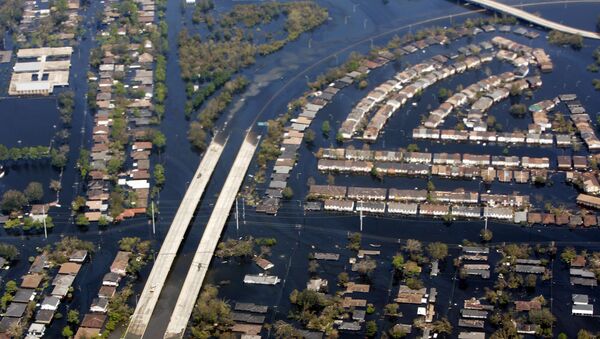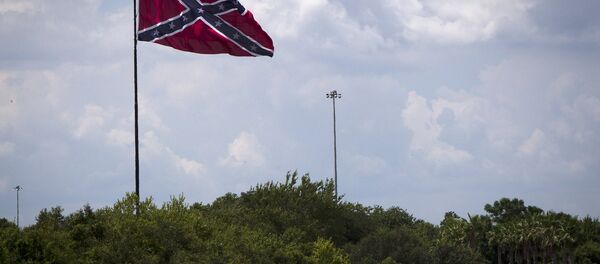When torrential rains unexpectedly hit New Orleans on Saturday, dropping nine and a half inches of water on the city in just three hours, residents expected the drainage system to activate and prevent the streets from flooding. But nothing happened — even though the Sewerage and Water Board claimed that the system was working at full capacity.
That same day, the Sewerage and Water Board admitted that the pumping stations meant to drain the water were only working at 50 to 67 percent capacity. This included eight major pumps meant to move floodwater and six "constant duty" pumps that are supposed to be active at all times.
New Orleans City Council President Jason Williams suggested that the Sewerage and Water Board's initial insistence that the system was fully working was a "complete fabrication."
"It is unacceptable that the public was not only uninformed, but misinformed as to our drainage system functionality during the flood," said City Councilwoman LaToya Cantrell in a statement.
Sewerage & Water Board head Cedric Grant, who is also a close deputy of Mayor Mitch Landrieu, announced on Tuesday that he will retire at the end of hurricane season in November as a result of his failure. The same day, New Orleans Public Works Director Mark Jernigan also resigned, effective August 18. Mayor Landrieu also called for the council to fire Sewerage and Water Board's superintendent Joe Becker, as well as the communication director.
The flood has knocked out generators that power the drainage pumps, and some buildings in the city are partially submerged under several feet of water five days after a simple rainstorm.
Louisiana Governor John Bel Edwards declared a state of emergency in the city, stating that he had done so out of "an abundance of caution." The state of emergency will last until September 3, unless Edwards terminates it early. "We are working well together. Obviously this is a serious situation, but it is not something to be panicked about."




